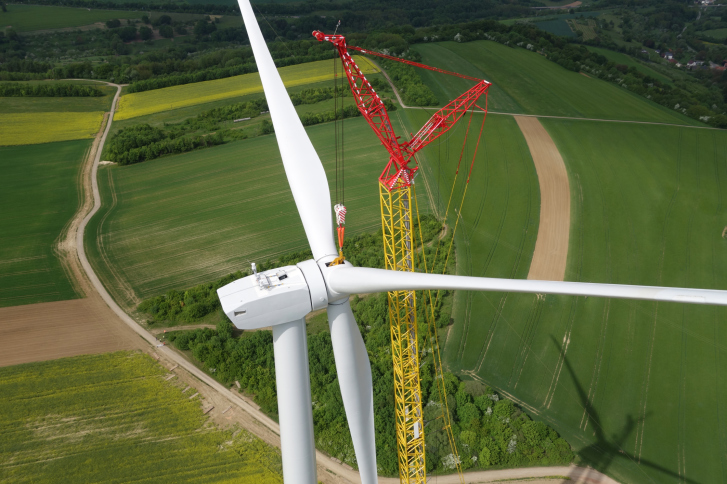MAKE has released an update to its Q1/2016 Global Wind Power Market Outlook, presenting an analysis of global and regional wind power installation forecasts through 2025.
The reported 32.9 GW of grid-connected capacity and 30.5 GW of installed capacity in China in 2015 greatly exceeded industry expectations. Final data for China is pending completion of MAKE’s quality assurance, but the rush in China at the end of 2015 to maximize expiring feed-in-tariff (FIT) levels is symptomatic – albeit an extreme case – of a broader dynamic facing several of the industry’s mature markets.
Near-term growth in wind energy is largely driven by a winding down of policy incentives in countries such as Germany, the U.S. and China. A 2018 policy-induced demand peak represents an inflection point, as markets adjust to a lower level of incentives, a transition to a new support mechanism or even a void in support.
In the longer term, the question of successor policies loom, particularly with uncertainty surrounding the depth and scale of post-2020 renewable energy commitments. Optimism has grown under expectations of the creation of national-level commitments under the Paris Agreement.
However, the question of wind power integration, storage and further levelized costs of energy improvements linger and potentially limit growth potential as governments wrestle with the cost of compliance. MAKE expects the political battle over constituent interests will eventually side with consumers. Strong, stable policies can accelerate this transition but need to be implemented now in order to avoid soft growth beyond 2018.
MAKE projects global grid-connected wind power capacity to decline by 17% this year primarily due to a return to relative normalcy in China. The China market resets this year, dropping 35% year over year based on preliminary data for 2015, whereas global growth excluding China is flat. Due to another convergence of policy changes in key markets and a transition to market-based mechanisms, global growth spikes in 2018 before growing gradually from a lower 2017 level toward 2025.
The outlook in the Americas improved dramatically throughout the end of 2015, as pivotal policy decisions in the U.S. (production tax credit extensions) and in Canada (provincial leadership) confirmed growth. Brazil continues to lead in Latin America, with the impact from its economic woes offset by a strengthening Mexico market that will become the third largest in the Americas. By 2025, annual installations in Latin America surpass that of North America, highlighting the importance of developing markets to the region’s growth.
European markets remain mired in regulatory uncertainty both in the near-term and post-2020. Policy decisions in Germany, the U.K. and Poland, for example, could very well limit onshore growth. This will put pressure on both a maturing offshore sector and at-risk markets, such as Ukraine and Russia, to support a greater share of growth. Rising markets in the Middle East and Africa continue to develop, ultimately contributing to the highest 10-year compound annual growth rate (CAGR), 21.7%, of any global sub-region.
Growth in the rest of Asia Pacific will result in a 10-year CAGR of more than 9%, led by an Indian wind market facing increasing competition from solar. A new government in Australia, a release of environmental impact assessments in Japan, and a developing Pakistani market combine with long-term growth prospects in the sub-region’s offshore sector to make it the second-fastest growing sub-region in the industry.





I didn’t see any discussion of falling prices for wind energy helping to drive new installations. Is this off the table?